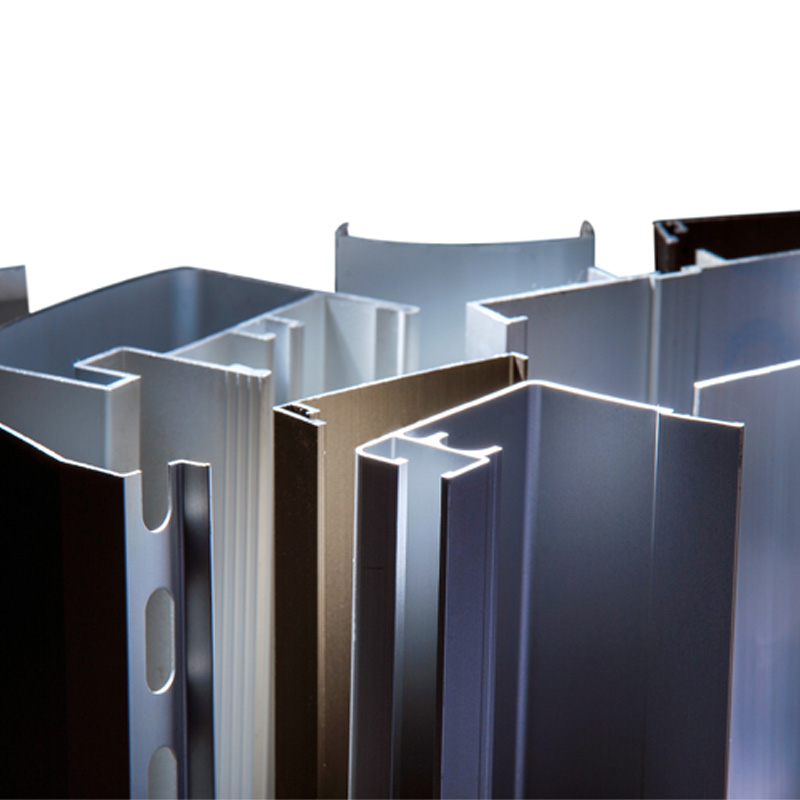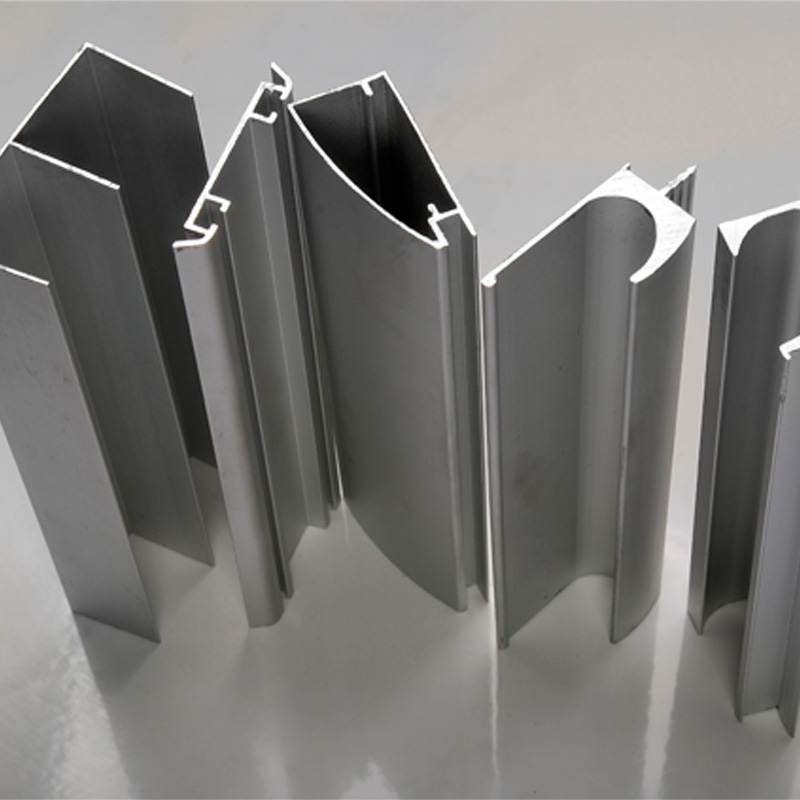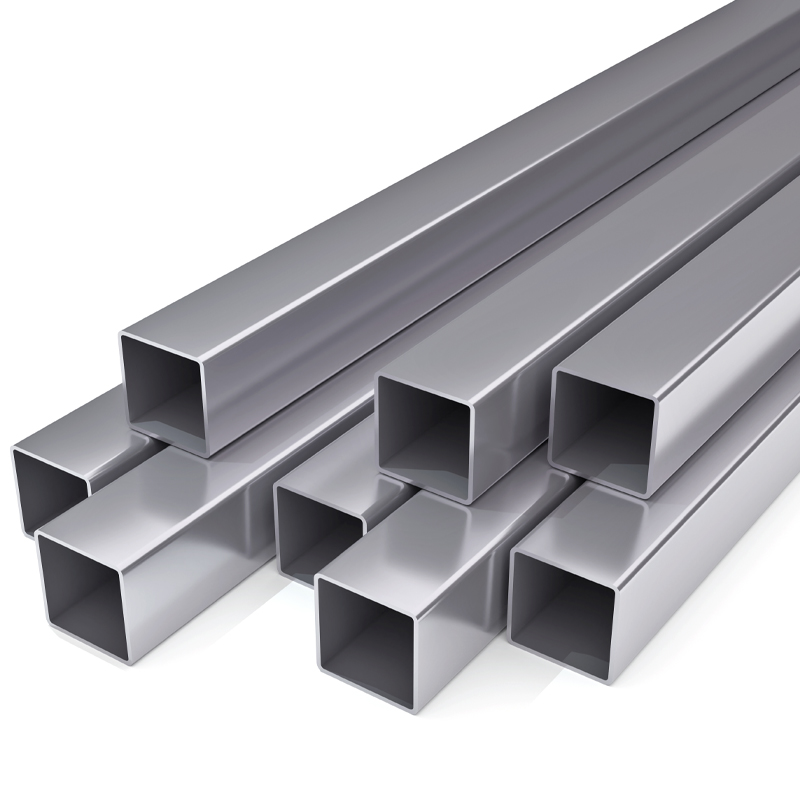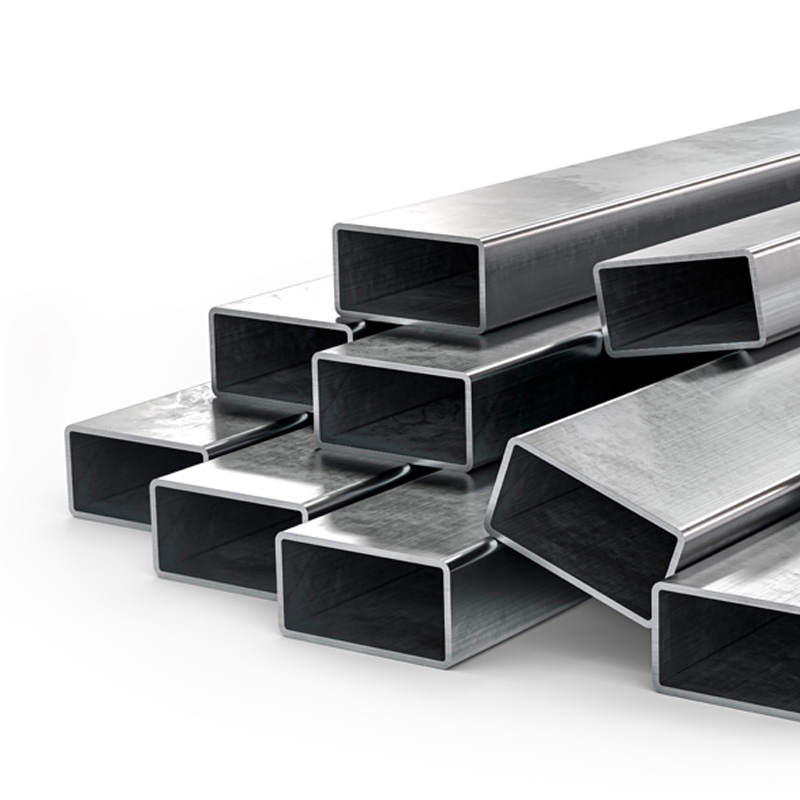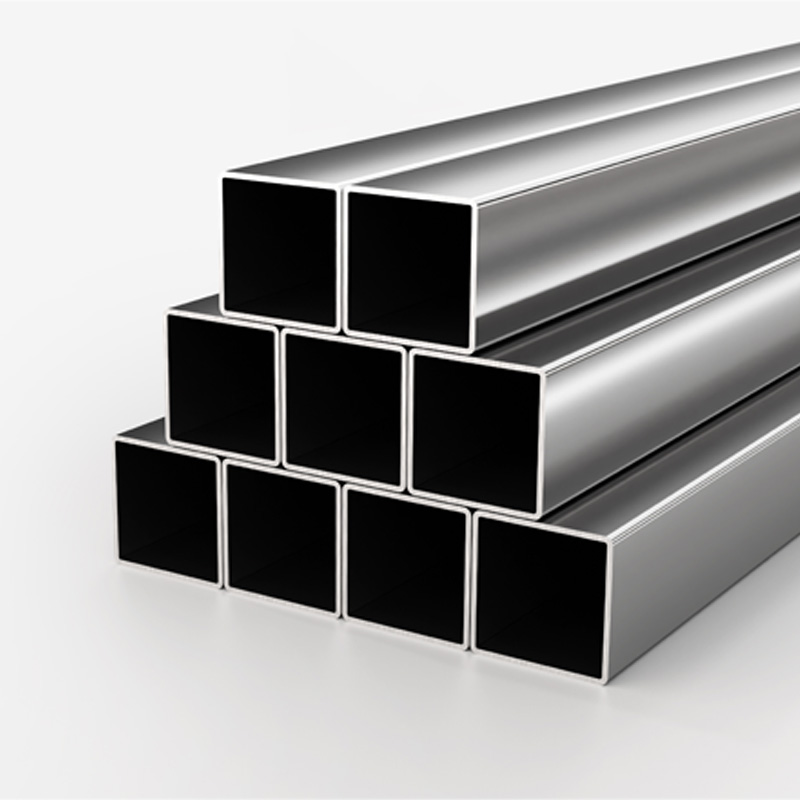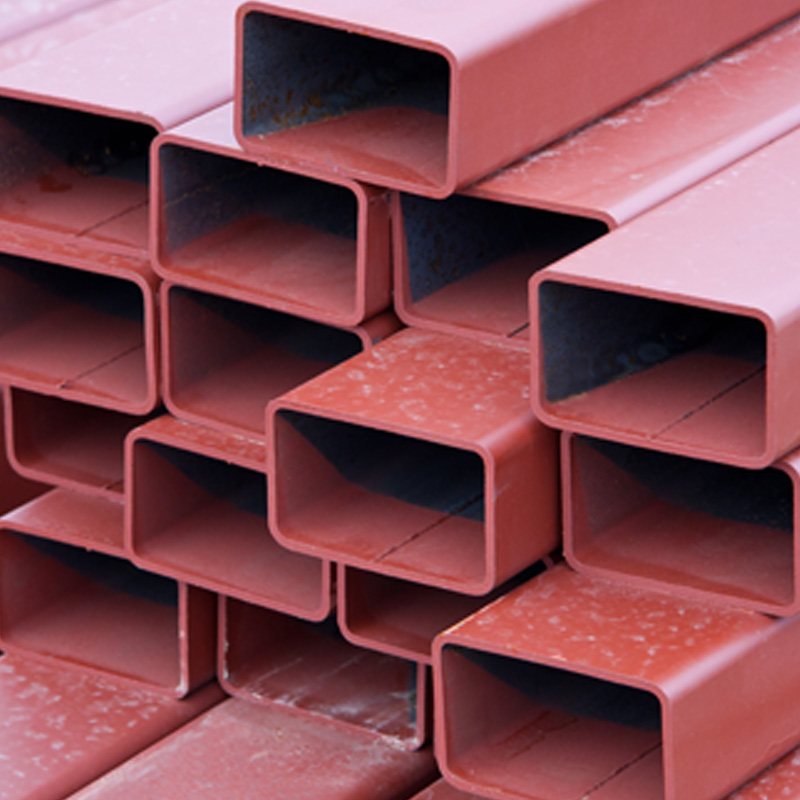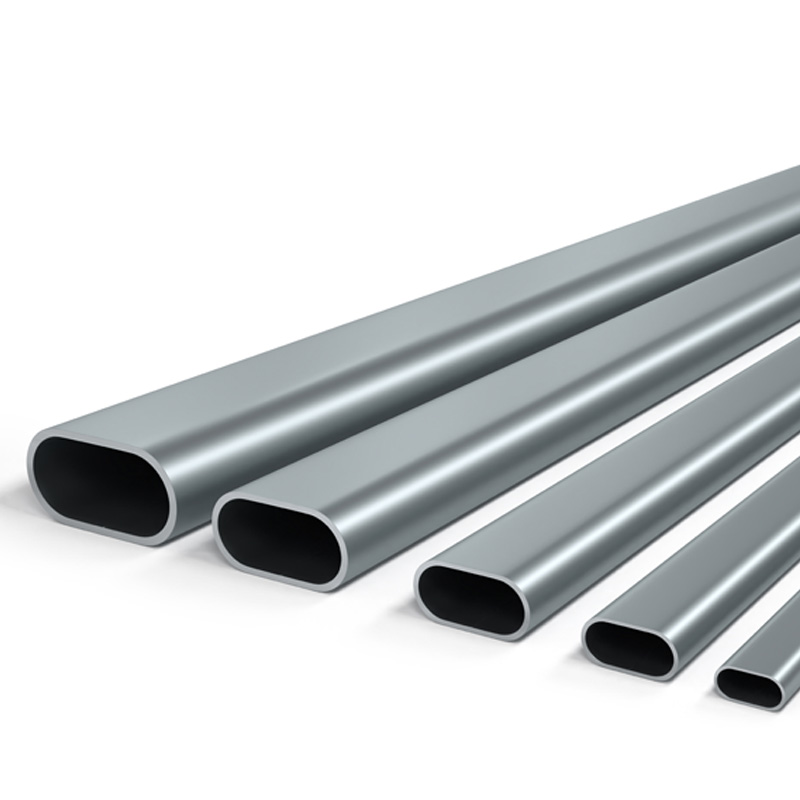Custom-shaped profiles are designed specifically for customer needs and projects, differing from standard sections. They are used in many sectors, such as construction, automotive, furniture, and industrial production. Combining durability, aesthetics, and functionality, these profiles offer innovative solutions to projects. Custom production provides cost and material savings.
Special-shaped profiles are metal or plastic profiles with more specific designs and dimensions compared to standard profiles, produced for special needs. These profiles are designed to suit a particular project or industry, offering superior features in terms of aesthetics, functionality, and durability. Special-shaped profiles find a wide range of applications in different fields such as construction, automotive, furniture, energy, and machinery industries. These profiles are especially produced to meet project requirements, saving both time and cost.
In the production process, customer demands are taken into account, and stages like material selection, cutting, shaping, and surface finishing are carefully executed. Special profiles prioritize not only functionality but also aesthetic appearance. Thus, they offer unique solutions in architectural projects or special designs. Thanks to special-shaped profiles, designs that cannot be achieved with standard products become possible.
Special-shaped profiles stand out with their uniqueness in design and functional advantages. One of the most important features of these profiles is that they can be fully customized according to customer needs. Shape, size, material type, and surface treatments can be specified specifically for the project. Special-shaped profiles offer high strength and durability, while their lightweight nature facilitates transportation and assembly processes.
These profiles allow for the realization of complex designs due to the flexibility they provide in production. Additionally, the amount of material used can be optimized with special profiles, eliminating unnecessary weight. Compared to standard profiles, special-shaped profiles have much more varied applications. Their preference across a wide range, from industrial machinery to decorative architecture, demonstrates their significant importance in the industry. Special-shaped profiles offer innovative and solution-oriented designs in every sector.
| Profile Type | Cross-sectional Area (cm²) | Perimeter (cm) | Weight (kg/m) | Length (m) |
| U Profile | 10 | 40 | 7.85 | 6 |
| L Profile | 8 | 35 | 6.28 | 6 |
| T Profile | 12 | 50 | 9.42 | 6 |
| Z Profile | 15 | 60 | 11.78 | 6 |
| Special Section Profile | 20 | 80 | 15.70 | 6 |
Differences Between Special-Shaped Profiles and Rectangular Profiles
Differences between special-shaped profiles and rectangular profiles arise from various characteristics such as shape, purpose of use, and manufacturing methods:
Shape and Design:
Rectangular Profiles: Simple shapes with rectangular cross-sections, having uniform and equal dimensions, typically used in construction and industrial applications.
Special-Shaped Profiles: Profiles that generally have more complex and unique cross-sections. For example, they could be round, square, triangular, or custom designs. Their designs can be tailored according to aesthetic or functional needs.
Purpose of Use:
Rectangular Profiles: Used in general construction and industrial fields such as structural applications, support elements, and load-bearing frames.
Special-Shaped Profiles: Generally used in more unique structures and applications based on aesthetic or functional requirements. For example, they are preferred in automotive, construction, and furniture manufacturing.
Production and Cost:
Rectangular Profiles: Their production can be simpler and more cost-effective. They are often produced on standard manufacturing lines.
Special-Shaped Profiles: Production can be more complex and may require special tools. Therefore, they are generally more expensive and require customized production.
Durability and Functionality:
Rectangular Profiles: Typically durable and strong, but design flexibility is limited.
Special-Shaped Profiles: They provide flexibility in design, but their durability and functionality can vary depending on the material used and the design.
These differences should guide the decision on which profile type to choose based on the project's requirements.
History and Development of Special-Shaped Profiles
Special-shaped profiles have gained importance with the development of different industries throughout history. Initially, during the industrial revolution, with the advancement of iron and steel processing technologies, there was a need for more complex shapes. During this period, special profiles played a critical role in the construction of rail systems and heavy industrial facilities.
By the middle of the century, advancements in the automotive and aerospace industries accelerated the design of lightweight and durable special-shaped profiles. With the introduction of computer-aided design (CAD) and advanced manufacturing technologies, a significant leap occurred in the production of these profiles.
Today, special profiles are used in a wide range of areas such as construction, energy, furniture, and defense industries. Additionally, sustainability trends have increased the popularity of special-shaped profiles made from recyclable materials. Thanks to advances in technology, these profiles can now be produced more quickly, accurately, and economically.
Which Sectors Require Special-Shaped Profiles?
Special-shaped profiles play a critical role in many sectors. They can be customized to meet design and functional requirements. They are particularly used in the construction sector for door, window, and facade systems. In addition, these profiles are in high demand in furniture production for providing aesthetics and durability. The automotive sector benefits from special-shaped profiles for aerodynamic structures and lightness advantages. In the production of machinery and equipment, these profiles address complex technical needs. The energy sector uses special-shaped profiles in solar panel mounting systems and wind turbines. In all these areas, the unique design and material selection of the profiles enhance efficiency. Special profiles, preferred from industrial production to decoration, offer innovative solutions and add value to projects.
How Are Special-Shaped Profiles Manufactured?
Special-shaped profiles are designed and manufactured using different production techniques. In the first step, a design is created based on customer needs. This design considers the area where the profile will be used, load-bearing capacity, and aesthetic requirements. Then, a suitable production method is determined for the selected material. Extrusion is one of the most commonly used methods and is often preferred for aluminum profile production. For steel profiles, hot or cold rolling techniques are used. Special profiles are precisely cut, shaped, and processed on CNC machines. Quality control tests are conducted throughout the production process to ensure the profiles meet standards. This meticulous process provides both durability and visual harmony for projects. Thus, special-shaped profiles meet both technical and aesthetic expectations.
Challenges in the Design Process of Special-Shaped Profiles
Special-shaped profiles production involves crucial stages, including the design process. In this process, a detailed plan of the desired special profile is necessary. However, creating complex geometric shapes requires precise calculations and advanced technology. Specifically, the durability and functionality of the material should be considered during the design. A mistake made during the design phase can lead to significant losses in the production stage.
These special profiles often differ from standard production processes. Therefore, since each design is customized according to the customer's needs, it can be time-consuming and costly. In addition, choosing the right tools for production and using appropriate software directly impacts the design process. Overcoming these challenges is critically important by working with experienced engineering teams.
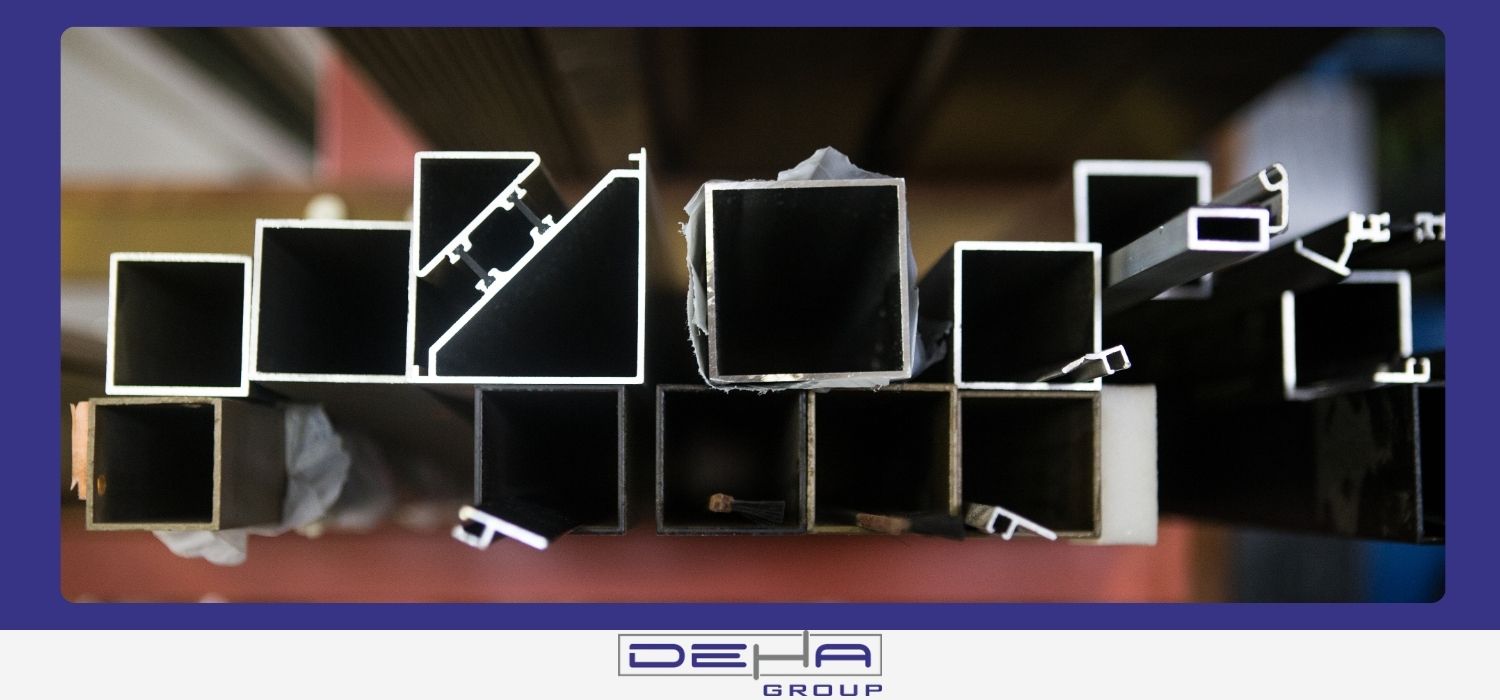
Technical Challenges Encountered During the Manufacturing Phase
The manufacturing phase is one of the most complex processes for special-shaped profiles. In particular, the properties of the material used and the manufacturing method are determining factors in the process. Tolerance errors can be a major problem in the production of these profiles, which require high precision. The calibration and precision of the machines used in production directly affect the quality of the final product.
Moreover, high-temperature processes or special cutting techniques required for special profiles add complexity to the production process. This can increase production costs and prolong the process. Continuous supervision and quality control mechanisms should be in place to resolve all these technical challenges. Advanced technology equipment and experienced personnel play a crucial role in making this process more efficient.
What Companies Selling Special-Shaped Profiles Should Consider
Special-shaped profiles offer solutions tailored to customized design and function needs. There are a few key points that companies should consider in the sale of these products.
Firstly, it is of great importance to understand customer needs and recommend the right products suitable for the project. Therefore, effective communication with customers and gathering detailed information is necessary.
Quality, reliability, and certification are decisive factors in the preference of products. Meeting standards with products increases long-term customer satisfaction.
Stock management and delivery times are critical issues for customers. Timely delivery of orders strengthens a company's reliability.
The pricing policy should be fair and transparent. Competitive pricing enhances customer loyalty. Especially in this highly competitive area, a customer-focused approach will make a difference.

 TR
TR

